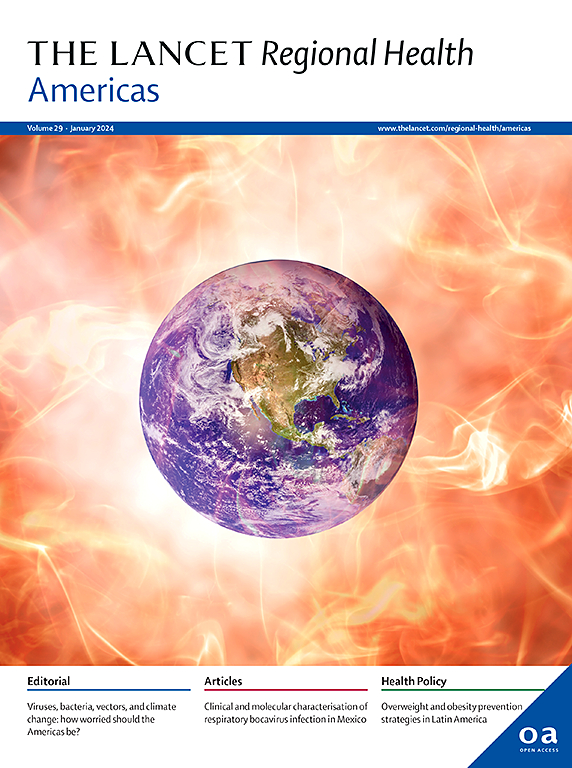美洲国家与世界卫生组织最新乙型肝炎病毒(HBV)感染指南的一致性:综述
IF 7
Q1 HEALTH CARE SCIENCES & SERVICES
引用次数: 0
摘要
美洲地区(AMR)国家的现行指南与世界卫生组织(WHO)于 2024 年 3 月发布的乙型肝炎病毒(HBV)感染者新指南的一致性缺乏证据。我们收集了美洲地区七个国家的组织/协会提供的有关 HBV 感染的最新指南。大多数指南都与世卫组织的新建议保持一致,即对谷丙转氨酶(ALT)升高、HBV-DNA 水平≥2,000 IU/ml 或合并 HIV 感染、肝细胞癌家族史、肝外表现或免疫抑制的患者进行治疗。世卫组织 2024 年新指南引入了对无 HBV DNA 的 ALT 持续异常的治疗,将 TDF 和/或恩替卡韦作为一线疗法。建议对 HBV DNA 水平较高的孕妇使用 TDF,以预防母婴传播(MTCT)。这些指南建议,在没有 HBV-DNA 的情况下,对 HBsAg 阳性的孕妇进行预防治疗。世卫组织 2024 年指导方针和大多数 AMR 国家更新的指导方针简化并扩大了 HBV 治疗和母婴传播预防的标准。本文章由计算机程序翻译,如有差异,请以英文原文为准。
Alignment of countries in the Americas with the latest WHO guidelines for hepatitis B virus (HBV) infection: a review
Evidence is lacking on alignment of current guidance from the Region of the Americas (AMR) countries with the new guidelines for people with hepatitis B virus (HBV) infection published by the World Health Organization (WHO) in March 2024. We gathered the most updated guidance on HBV infection from organisations/societies and seven countries from AMR. Most guidelines were aligned with the new WHO recommendation to treat persons with elevated ALT and HBV-DNA levels ≥2,000 IU/ml or with HIV-coinfection, hepatocellular carcinoma family history, extra-hepatic manifestations, or immunosuppression. The new WHO 2024 guidelines introduced treatment for persistently abnormal ALT in the absence of HBV-DNA, with TDF and/or entecavir as first-line therapy. TDF in pregnant women with high HBV-DNA levels was recommended to prevent mother-to-child transmission (MTCT). These guidelines advised prophylaxis to pregnant women with positive HBsAg where HBV-DNA is unavailable. WHO 2024 and updated guidelines from most AMR countries had simplified and expanded criteria for HBV treatment and MTCT prevention.
求助全文
通过发布文献求助,成功后即可免费获取论文全文。
去求助
来源期刊

Lancet Regional Health-Americas
Multiple-
CiteScore
8.00
自引率
0.00%
发文量
0
期刊介绍:
The Lancet Regional Health – Americas, an open-access journal, contributes to The Lancet's global initiative by focusing on health-care quality and access in the Americas. It aims to advance clinical practice and health policy in the region, promoting better health outcomes. The journal publishes high-quality original research advocating change or shedding light on clinical practice and health policy. It welcomes submissions on various regional health topics, including infectious diseases, non-communicable diseases, child and adolescent health, maternal and reproductive health, emergency care, health policy, and health equity.
 求助内容:
求助内容: 应助结果提醒方式:
应助结果提醒方式:


